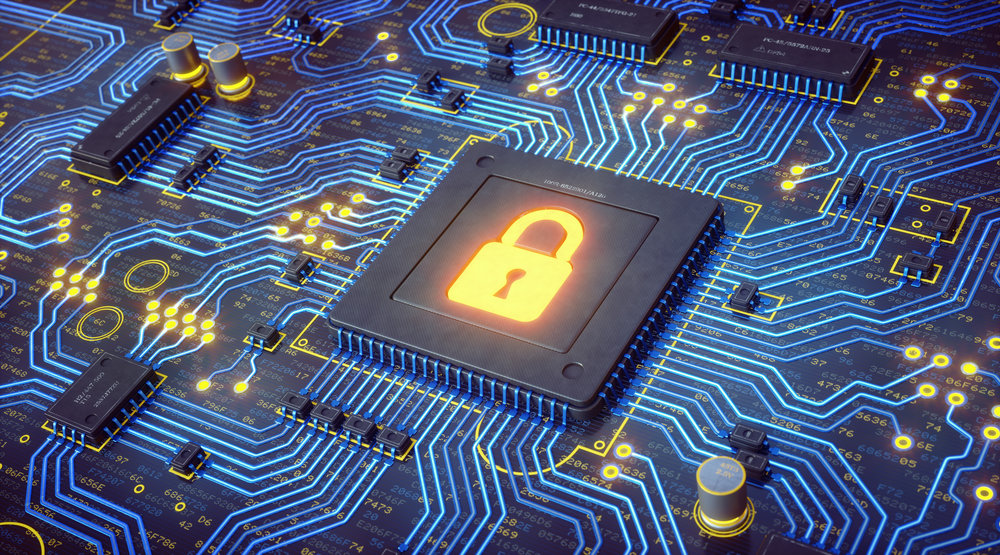Hardware Security
The Crypto Center is involved in the design, implementation, and optimization of crypto-systems in embedded hardware and software. In addition, we actively work on emerging topics in side-channel analysis attacks and countermeasures. The research work platforms utilized are broad, e.g., ASIC/FPGA and embedded processors. Moreover, security of a number of sensitive and constrained applications are considered including low-power and energy-constrained RFID/NFC technology-based applications and wireless sensor networks. The Crypto Center is actively involved in providing reliability approaches for vulnerable implementations of crypto-systems to natural/malicious faults. Differential fault analysis attacks, VLSI defects, and faults injected to launch denial-of-service attacks are considered.









